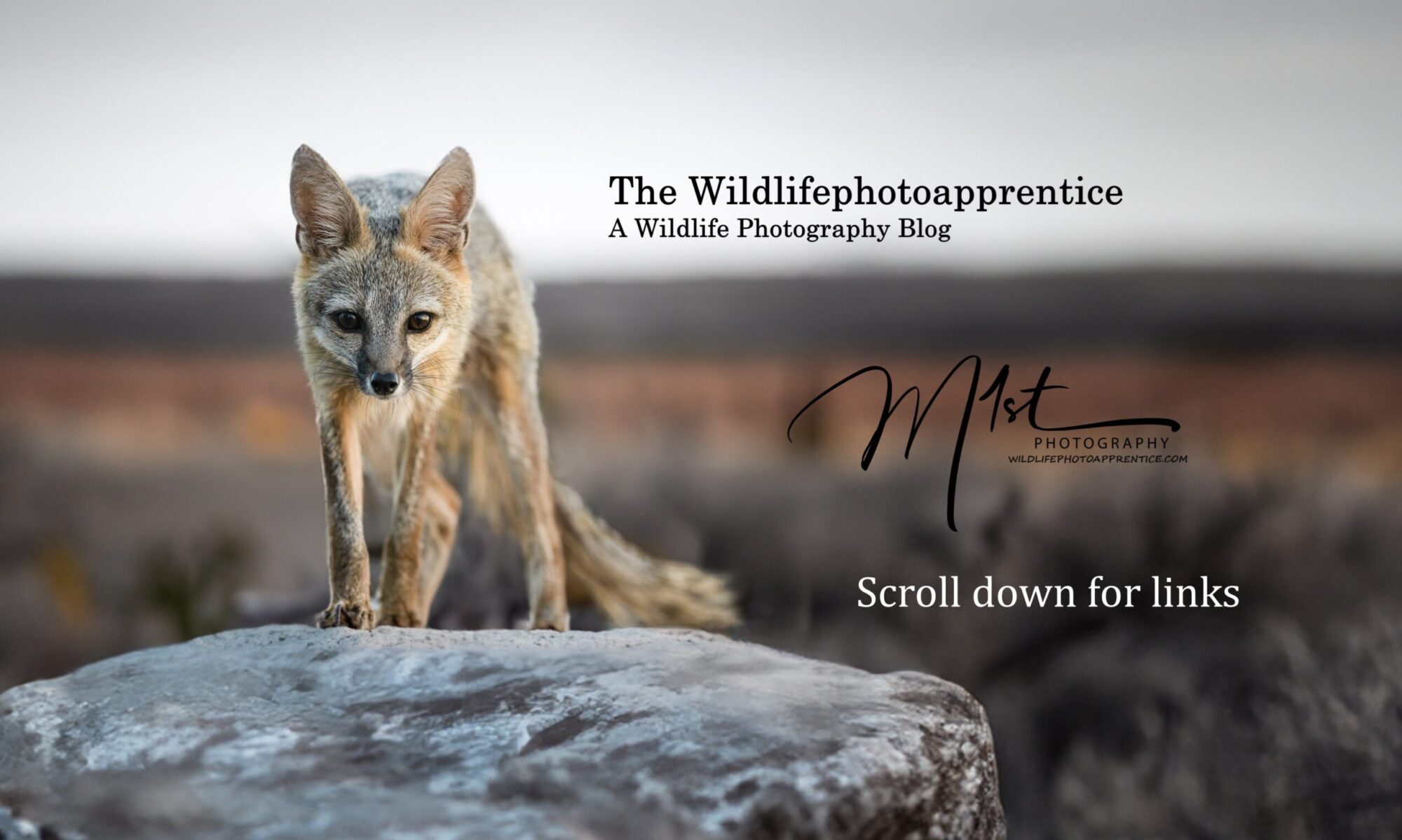Bobcats are one of the most common wildcats in North America, including the West Texas region. In this article, we will discuss everything you need to know about bobcats in West Texas, including where and how to find them, their habits, habitat, food preferences, and tips on how to photograph them.
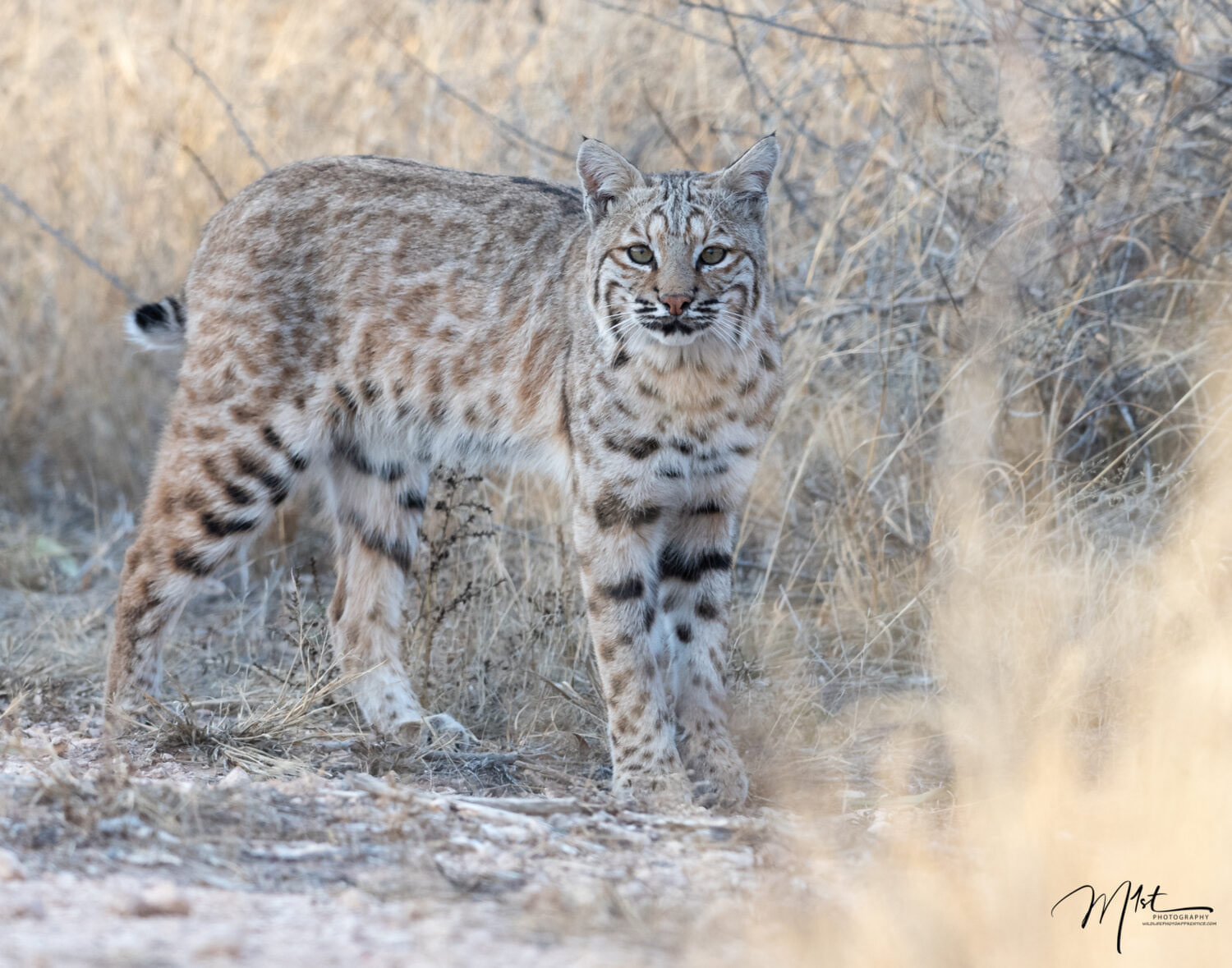
Bobcats (Lynx rufus) are medium-sized wild cats native to North America. They are about twice the size of a domestic house cat. The coloration of bobcats can vary somewhat depending on their geographic location, but they generally have a distinctive reddish-brown coat with black spots on their legs and belly. Their fur can also range from grayish-brown to yellowish-brown. One of the most notable physical features of the bobcat is its short, black-tipped tail. The tufted ears of the bobcat are also a distinctive feature and are usually black with white spots on the back. In general, the coloration of bobcats provides excellent camouflage in their natural environment. Their reddish-brown fur helps them blend into wooded areas, while their spotted pattern can help break up their silhouette and make them less visible to prey. It’s worth noting that the coloration of bobcats can also vary somewhat based on age and gender. Young bobcats often have more spots on their fur than adult cats and male bobcats can sometimes be larger and have a more reddish coat color than females. Bobcats are also known as wildcats, bay lynxes, or simply lynxes.
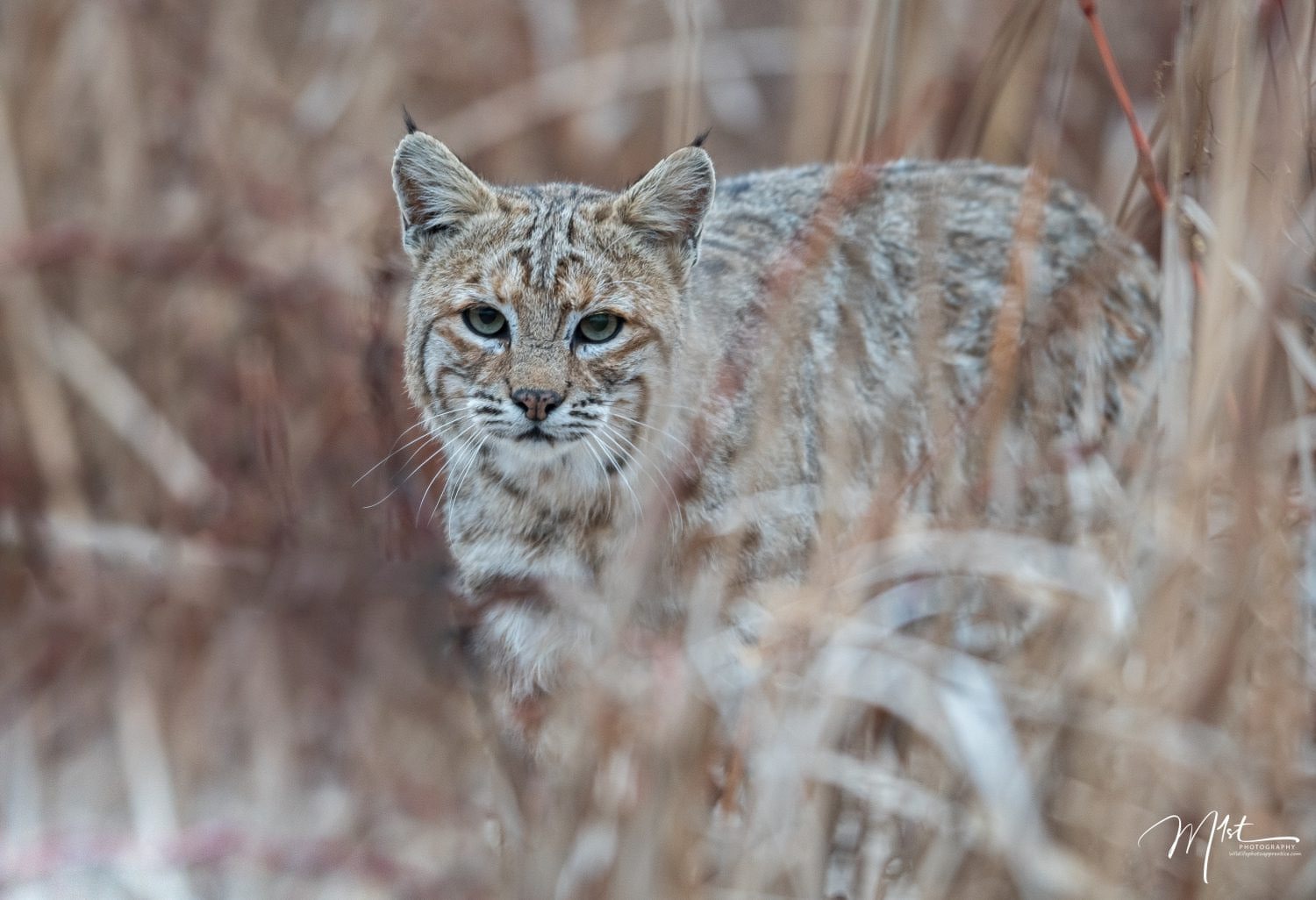
Bobcats are found throughout much of the United States. They are plentiful in the western parts of Texas. In West Texas, they are commonly found in brushy areas, desert habitats, and rocky terrain. They prefer areas with dense vegetation, such as mesquite, juniper, and cactus. They are also known to frequent the edges of agricultural fields and pastures. The size of their range can vary depending on the availability of food and water, with males covering larger territories than females.
Bobcats are primarily nocturnal, but they can also be active during the day. They are solitary animals that are territorial and tend to avoid contact with humans. They are excellent hunters and are known for their ability to stalk and ambush prey. Bobcats are also skilled climbers and can swim if necessary.
A common misconception is that bobcats are solely terrestrial creatures, these elusive felines actually display a fascinating affinity for water such as ponds or playa lakes. Ponds and playas serve as essential watering holes for bobcats, particularly in regions like West Texas, where water sources can be scarce and unpredictable. Additionally, these serene bodies of water attract a wide array of prey, including small mammals, birds, and reptiles, creating a bountiful hunting ground for these skilled predators. Bobcats are surprisingly agile swimmers, capable of stealthily navigating water to ambush unsuspecting prey. Their unique attraction to ponds and playa lakes showcases the remarkable adaptability and resourcefulness of these felines in their quest for survival in the wilds of West Texas.
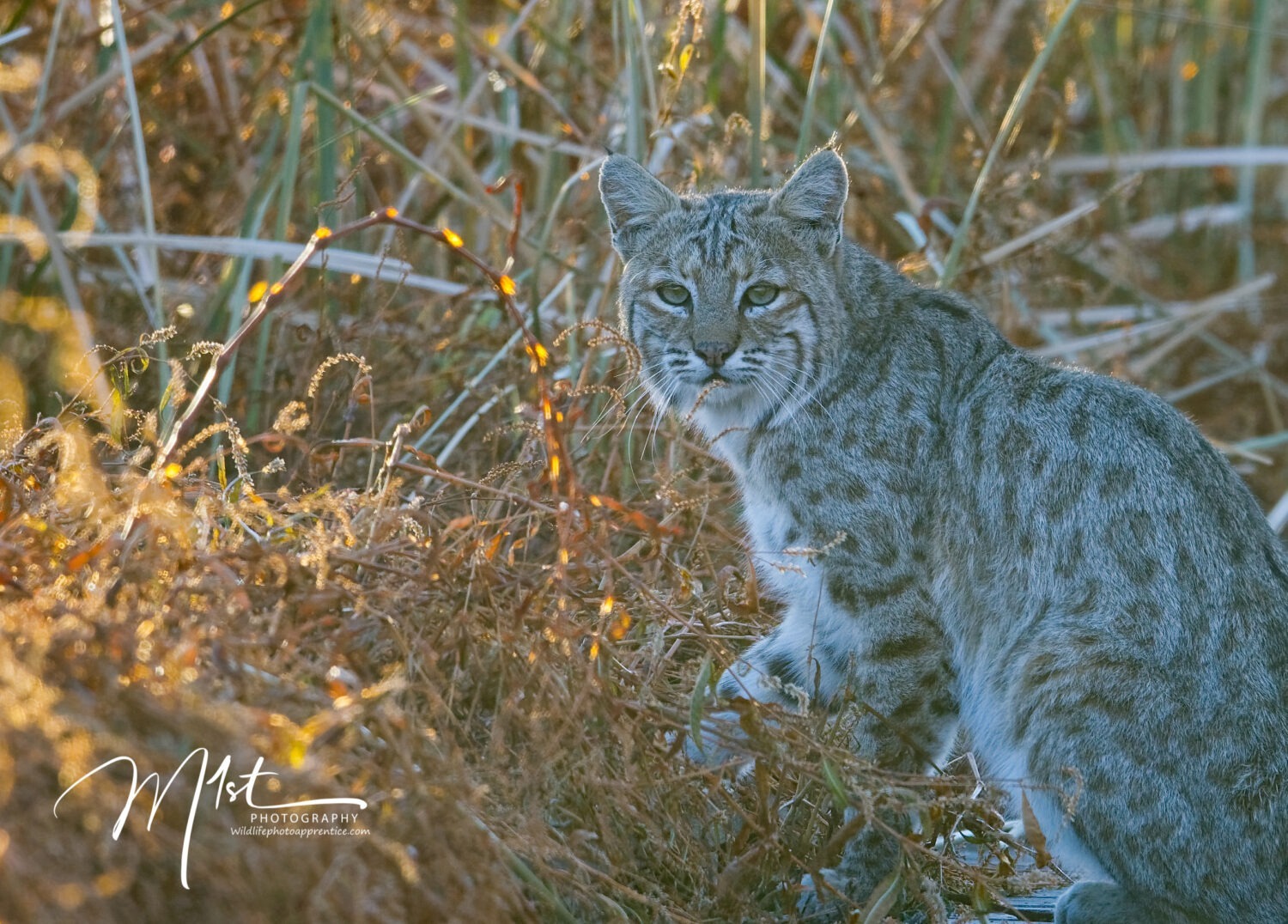
Bobcats are carnivorous animals that hunt a variety of prey, depending on their geographic location and availability of food. In West Texas, the most frequently eaten prey of bobcats is rabbits. Bobcats hunt rabbits throughout the year, and they can consume up to three rabbits in a day. Bobcats also feed on rodents like mice, rats, and squirrels. They are particularly fond of the cotton rat, which is abundant in the grassy fields and prairies of West Texas. Bobcats hunt a variety of birds, including quail, doves, and pheasants. They can also take down larger birds like wild turkeys and ducks. Bobcats occasionally eat reptiles like lizards and snakes. In West Texas, they commonly consume the Texas horned lizard. Bobcats are opportunistic predators and will prey on other small mammals like skunks, opossums, and even domestic cats. It’s worth noting that the diet of bobcats can vary based on factors such as season, habitat, and the abundance of prey.
While bobcats are generally not considered a threat to humans, they are known to occasionally attack pets or livestock. In some areas, bobcat populations have declined due to habitat loss, hunting, and trapping. However, in other areas, bobcat populations are thriving and considered stable.
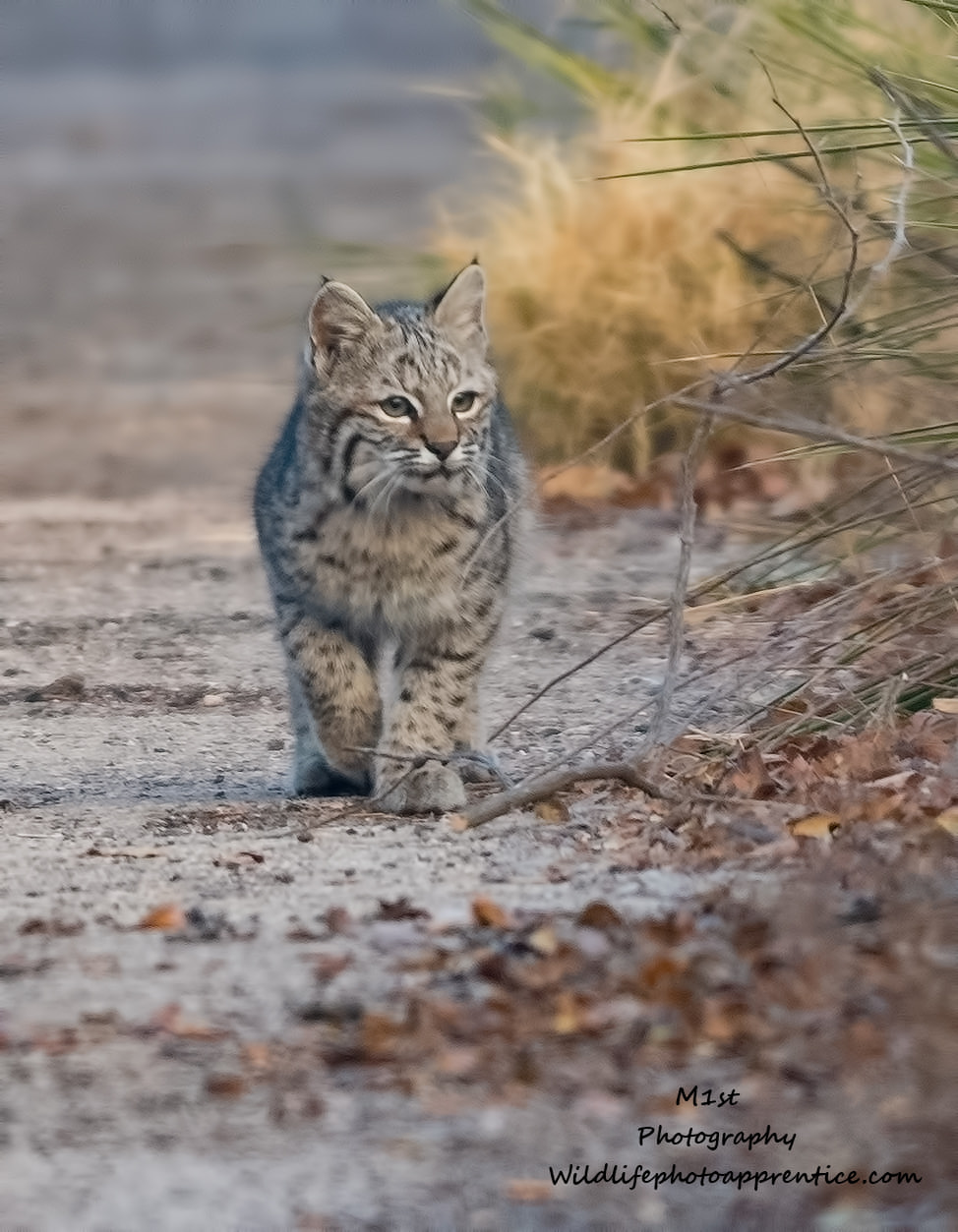
Bobcats are elusive creatures, so spotting them in the wild can be tough. However, there are a few things you can do to increase your chances of seeing one. One of the best ways to find bobcats is to look for signs of their presence. Bobcats are known to leave tracks and scat, and their kills are often found in the form of partially eaten prey. Look for these signs in areas with dense vegetation and rocky terrain or around water sources. Bobcats prefer to den in secluded areas with good cover, such as thickets, brush piles, rock outcroppings, and hollow logs. Look for these types of areas in the vicinity of where you have found signs of bobcat presence.
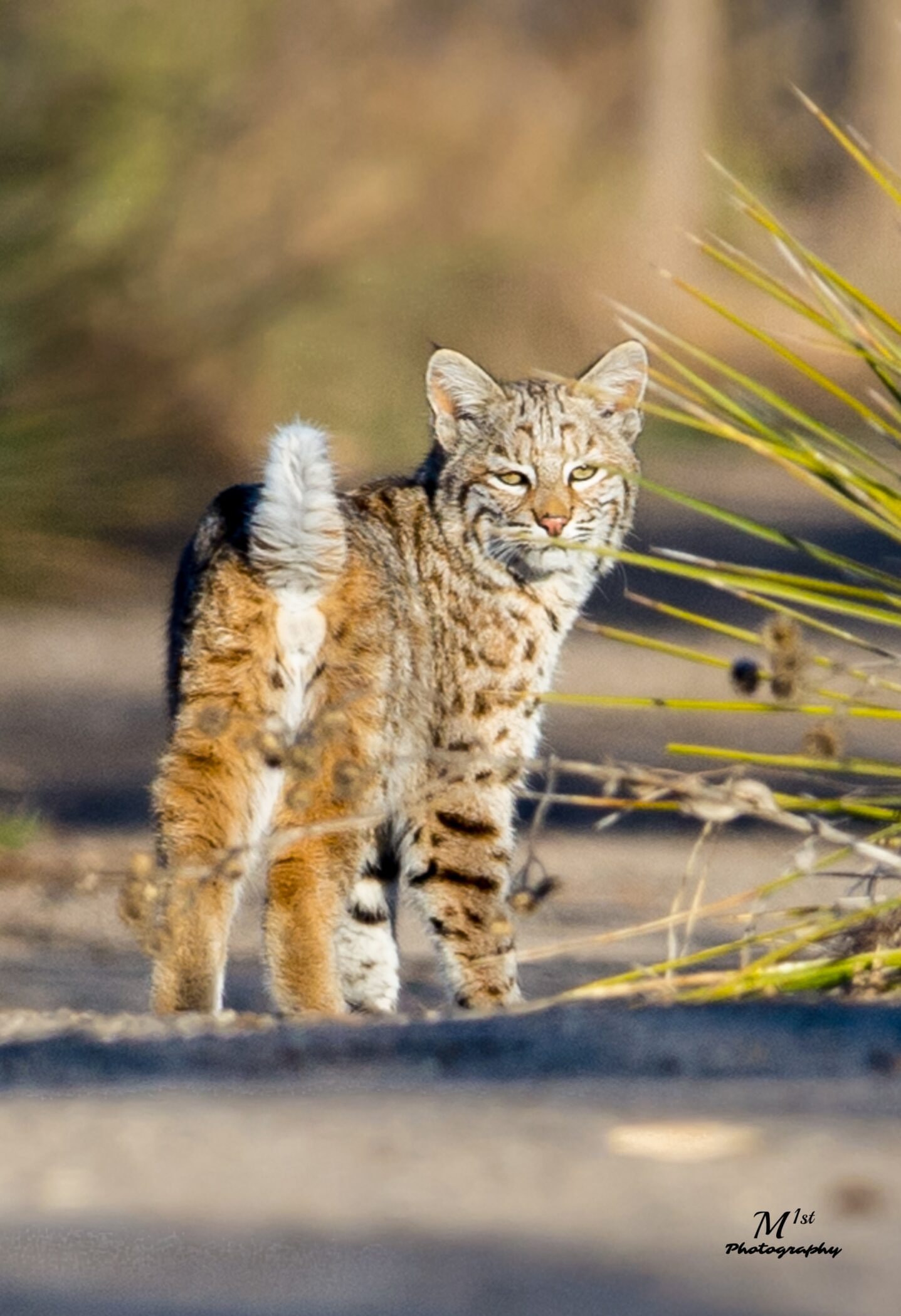
Another way to increase your chances of seeing a bobcat is to listen for its distinctive vocalizations. Bobcats are known for their loud, guttural screams, especially during mating season. If you hear a strange noise that sounds like a mix between a growl and a yowl, it could be a bobcat.
The use of online wildlife monitoring sights such as iNaturalist.org, found here https://www.inaturalist.org/, can be helpful. Species-specific maps with dates and locations of sightings can help pinpoint more likely locations to find bobcats in your area. iNaturalist.org is an online social network of people sharing biodiversity information to help each other learn about nature. iNaturalist is a joint initiative of the California Academy of Sciences and the National Geographic Society.
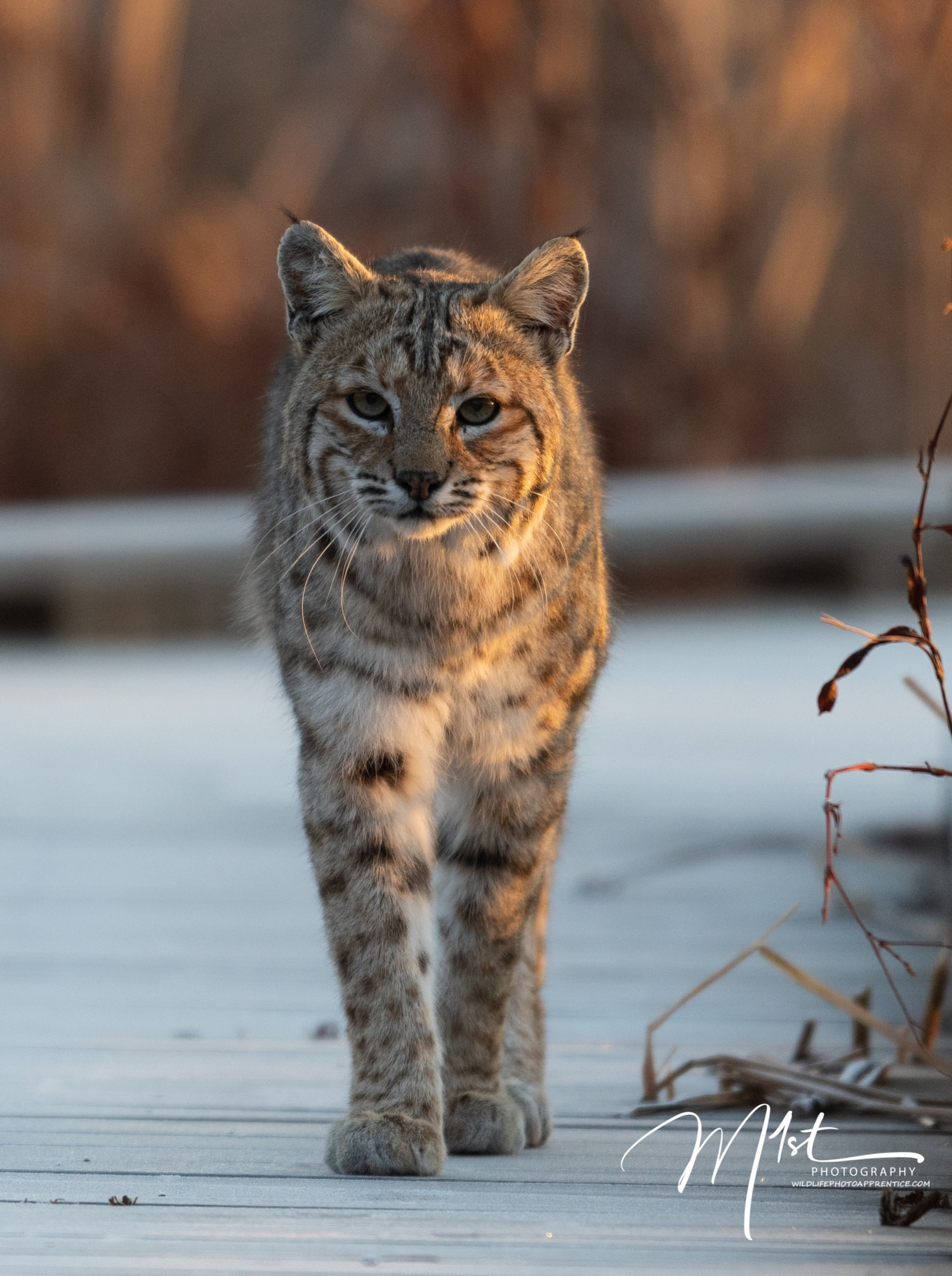
Bobcats are solitary and territorial animals, and they breed once a year between January and May, depending on their geographic location.
Male bobcats locate females by following their scent markings. During the mating season, males will vocalize and leave scent marks to attract females. Once a female has been located, the male will court her with a series of behaviors such as rubbing, nuzzling, and grooming.
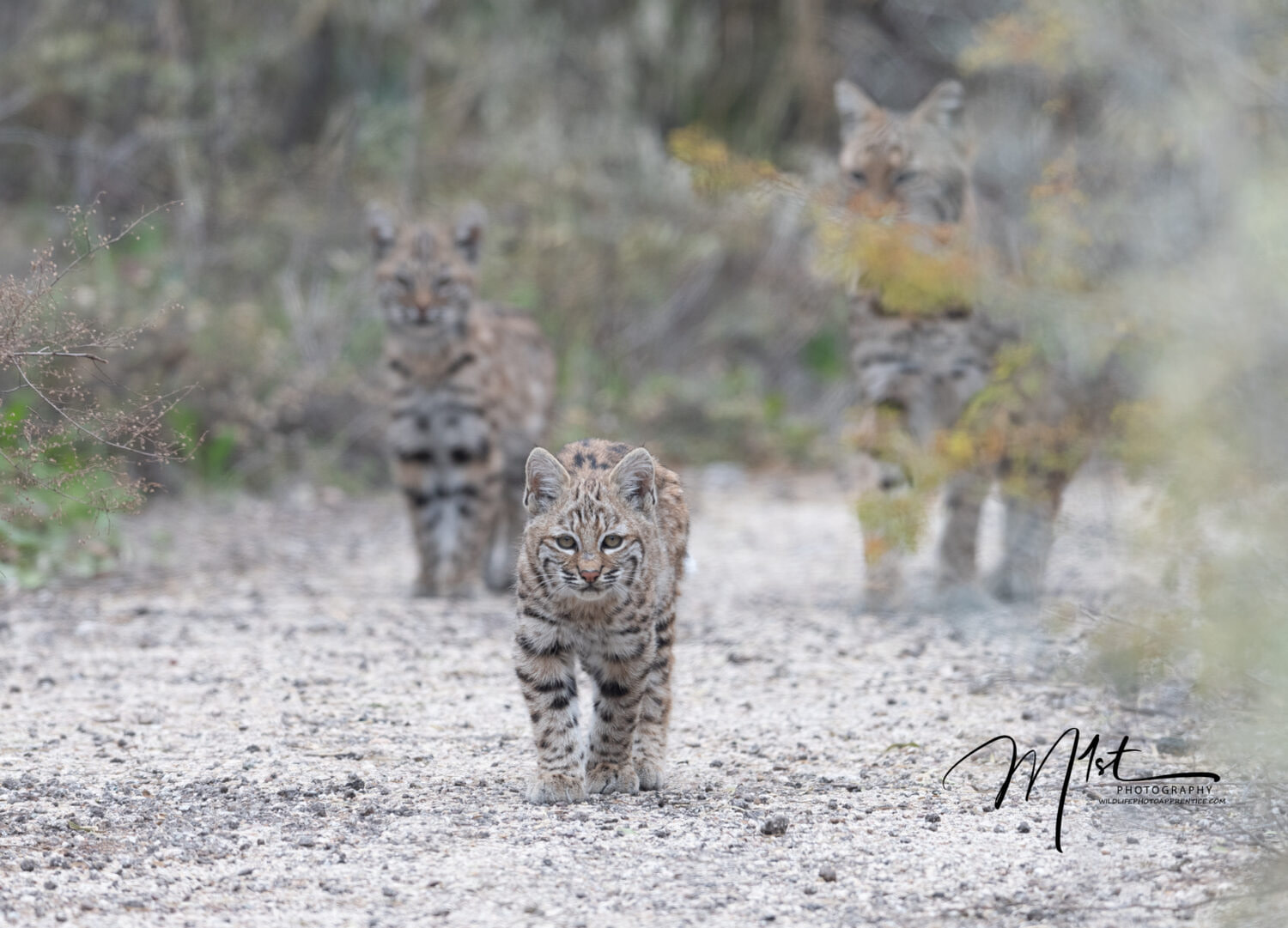
The gestation period of bobcats is approximately 60-70 days. Females give birth to litters of one to six kittens, with the average litter size being two to four. The size of the litter is dependent on the availability of food and the health of the mother.
The kittens are born blind and helpless, and they remain in the den for the first few weeks of their lives. The mother feeds and cares for the kittens until they are old enough to leave the den at about 8-10 weeks old. At this point, the mother begins to teach them how to hunt and survive on their own.
Bobcats reach sexual maturity at around one year of age. However, they typically do not breed until they are two to three years old. Bobcats can live up to 12-15 years in the wild.
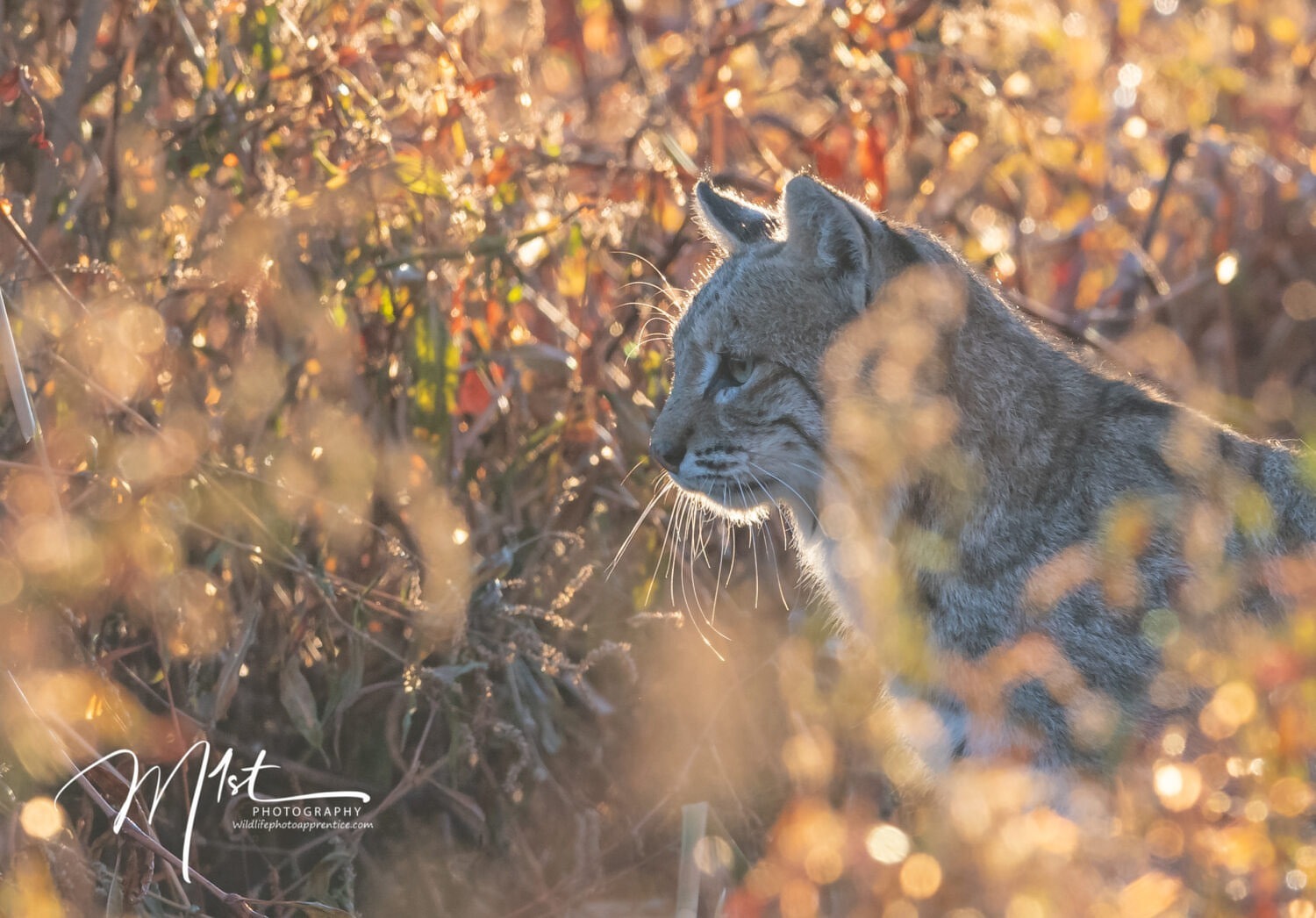
Locating a bobcat den can be a demanding task as these animals are solitary and elusive, and their dens are well-camouflaged. Bobcats prefer to den in secluded areas with good cover, such as thickets, brush piles, rock outcroppings, and hollow logs. Look for these types of areas in the vicinity of where you have found signs of bobcat presence. If you have located a potential den site, observe it from a distance using binoculars or a spotting scope. Look for any movement or signs of activity, such as the presence of kittens, or adult bobcats entering or leaving the den site.
It’s worth noting that bobcats face several threats to their population, including habitat loss, hunting, and vehicle collisions. As a result, conservation efforts are being made to protect these elusive predators and their habitats.
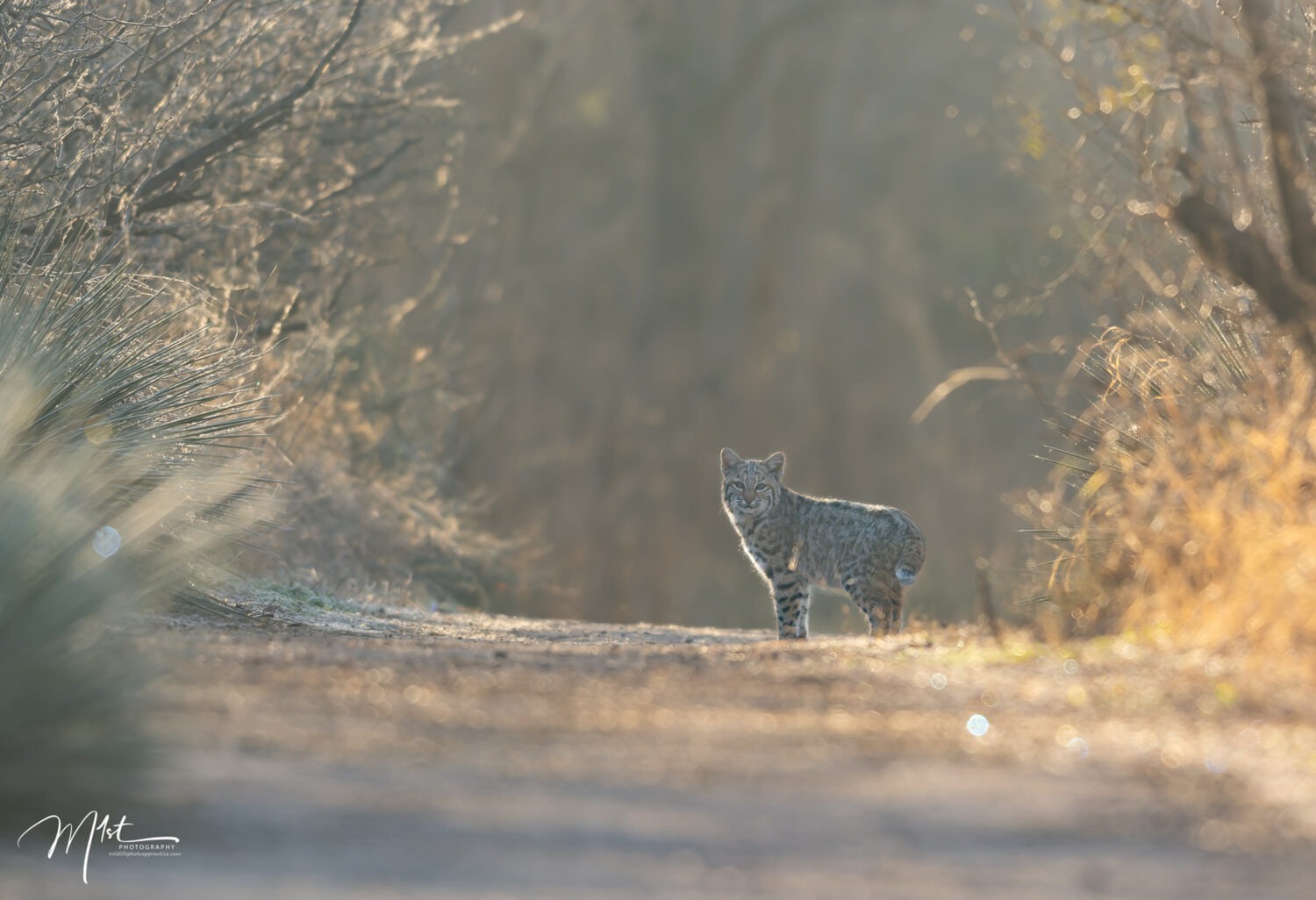
Photographing Bobcats:
Photographing bobcats can be a taxing but rewarding experience. Here are a few tips to help you get the perfect shot.
Use a long lens. Bobcats are wary creatures, so you will need a long lens to capture them from a distance. A 300mm to 600mm lens is recommended with the support of a tripod or monopod.
Be patient. Bobcats are solitary evasive animals, so you may need to wait for a while before you see one. Locate an area likely to hold Bobcats, where you have seen scat or tracks, and near a water source. Find a comfortable spot to sit, put on some camouflage and be prepared to wait for several hours.
Bobcats are most active during dawn and dusk, so be prepared to shoot in low-light conditions. Use a high ISO and a wide aperture to capture as much light as possible.
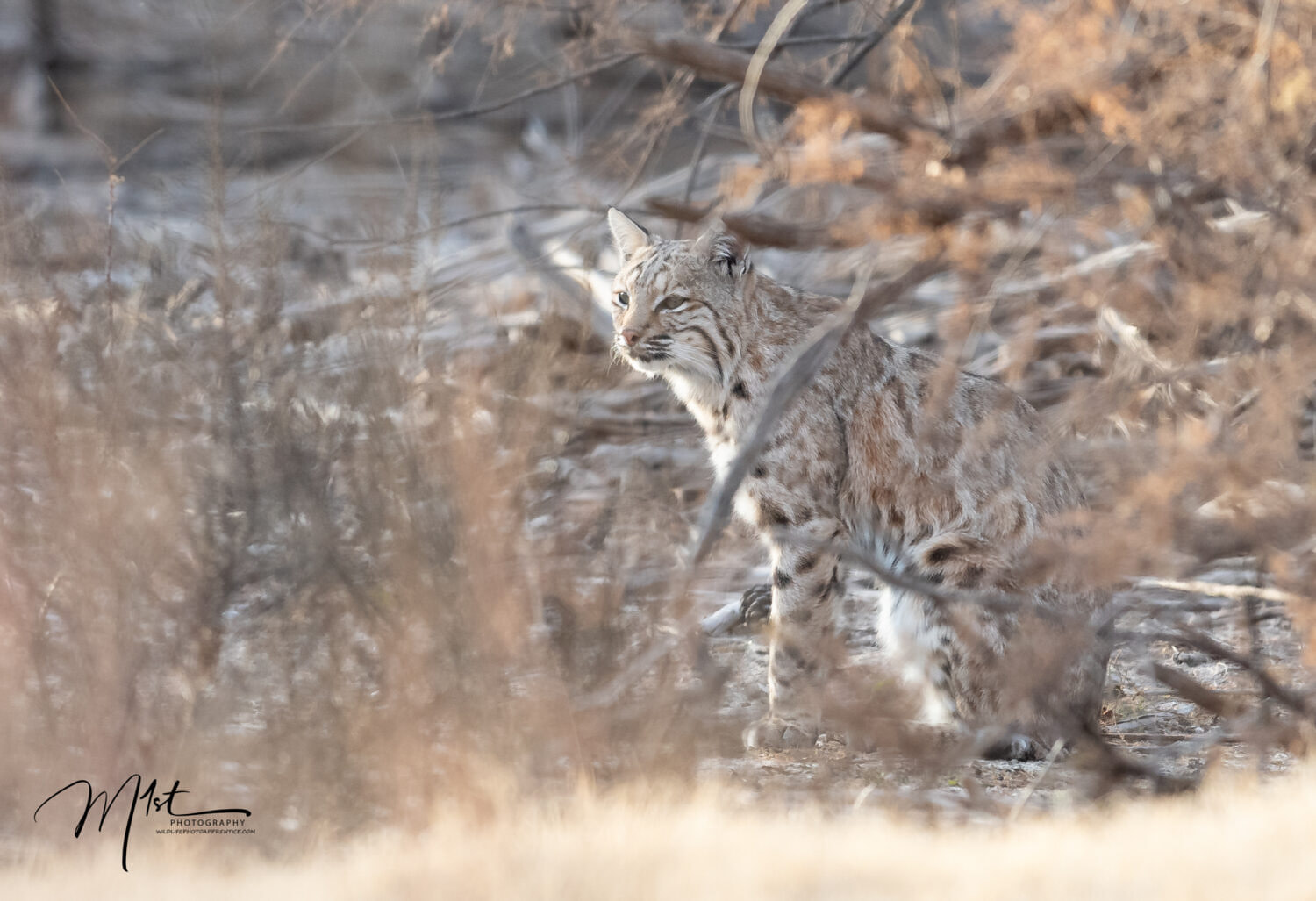
Wearing camouflage when trying to photograph bobcats can be useful, but it’s not the only factor to consider. Bobcats have excellent vision and can easily spot movement or anything that looks out of place in their environment. So, while wearing camouflage might help you blend into the background, you should also take other measures to reduce your visibility and noise. This could include moving slowly and quietly, using cover such as bushes or rocks, and positioning yourself downwind from the bobcat so that it doesn’t catch your scent.

Using animal calls to lure bobcats close for photography is generally not recommended. If you do decide to use animal calls, it’s important to use them responsibly and with caution. You should only use calls that are specifically designed for bobcats, and you should not overuse them or use them excessively loudly. Bobcats can take some time to respond to calls, so be prepared to wait quietly for at least 30 minutes or more. Be sure to stay alert and watchful, as bobcats can approach quickly and silently. Calling in bobcats requires a hunting license in Texas and may be regulated in your area as well, so be sure to check with local wildlife authorities before attempting to call in bobcats. It’s also important to note that using animal calls may attract other predators or animals that you may not want to encounter, so be careful.
Instead of using animal calls, it’s generally better to rely on your skills as a photographer and your knowledge of bobcat behavior to find and photograph them in their natural habitat. This may require some patience and persistence, but it’s a more respectful and ethical approach to wildlife photography.
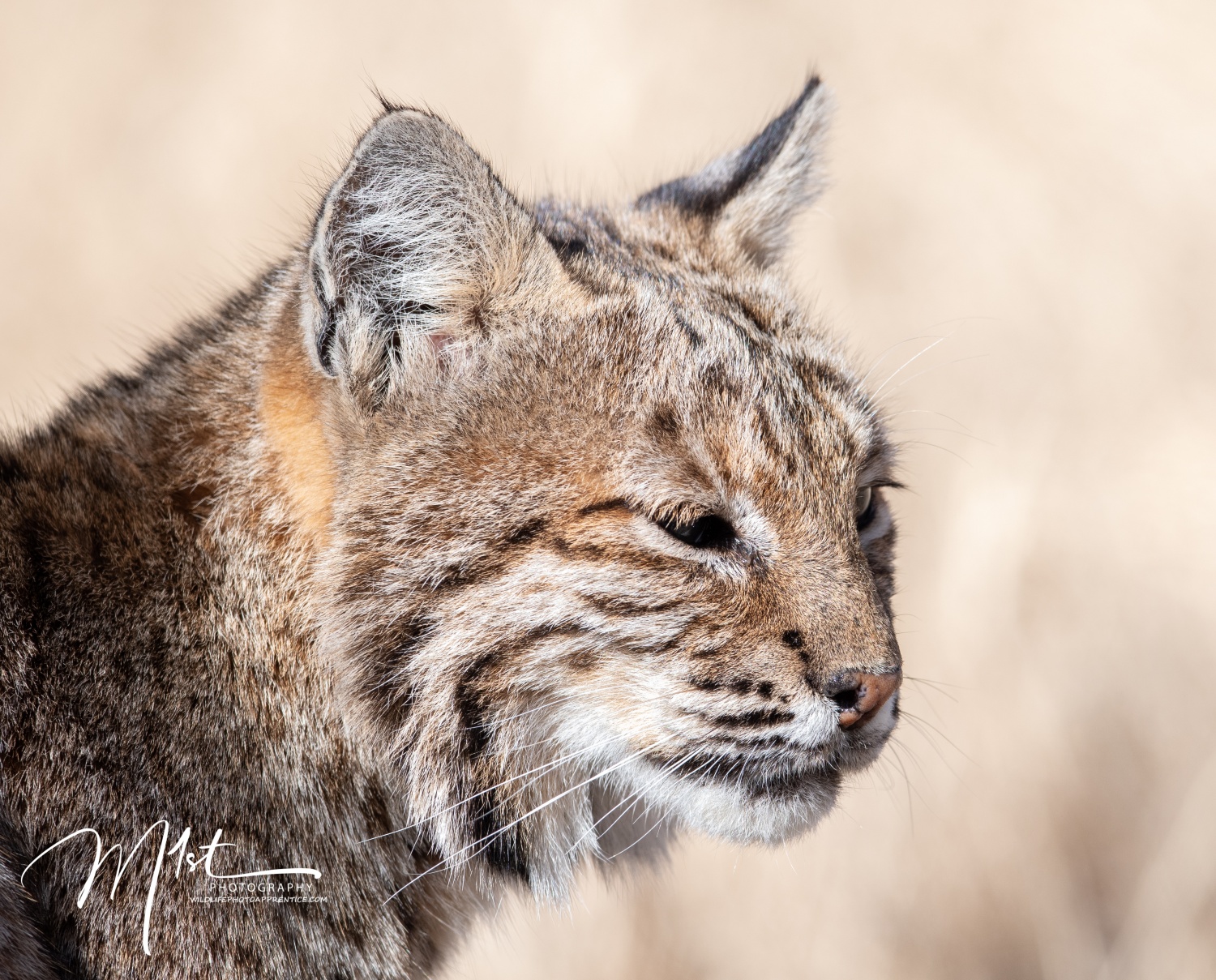
In conclusion, photographing bobcats in West Texas can be an exacting yet rewarding experience for wildlife photographers. By using the techniques discussed in this article, such as tracking, using camouflage and telephoto lenses on tripods, photographers can increase their chances of capturing high-quality images of these elusive creatures. Locating bobcats in their natural habitat requires patience, persistence, and a keen eye for spotting signs of their presence. However, the opportunity to observe and photograph these beautiful creatures in their natural environment is well worth the effort. With the right preparation, technique, and respect for the animals and their habitat, photographers can create stunning images that showcase the beauty and majesty of West Texas bobcats.
